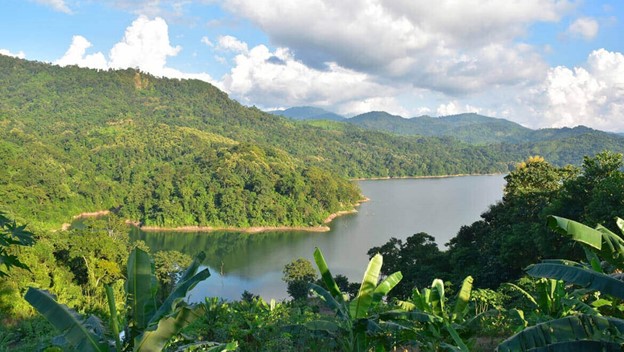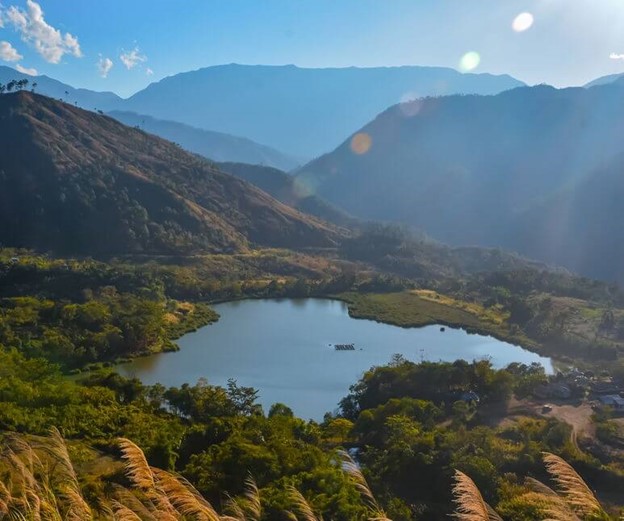Nagaland, in Northeastern India, is a land where nature’s splendor meets cultural richness. This state, with its lush forests, rolling hills, and vibrant wildlife, offers a unique glimpse into an ecosystem where tradition and conservation walk hand in hand.
The Green Canopy of Nagaland
Nagaland’s forests cover more than half of its geographical area, making it one of the greenest states in India. These forests are not just a haven for biodiversity but are also integral to the lives of the indigenous communities who manage nearly 88% of these natural habitats. Here, community conservation areas (CCAs) play a pivotal role, showcasing a model where conservation efforts are deeply rooted in community traditions and practices.
A Sanctuary for Wildlife

The state might be small, but its contribution to wildlife conservation is monumental. Ntangki National Park, for instance, spans over 202 square kilometers and is a sanctuary for exotic species like the Hoolock gibbon, Golden langur, and the endangered Blyth’s tragopan. Not far from there, the Rangapahar Wildlife Sanctuary offers an accessible glimpse into Nagaland’s fauna, including the majestic Mithun.
Birdwatching Paradise
Nagaland has become known as the “Falcon Capital of the World,” particularly around the Doyang River where up to a million Amur Falcons roost during their migration. This spectacle underscores Nagaland’s importance in global bird conservation efforts. Moreover, places like the Kohima Wildlife Sanctuary and the areas around Dzukou Valley are critical for bird enthusiasts, home to species like the Blyth’s Tragopan and the Dark Rumped Swift.
Community Conservation Efforts
What sets Nagaland apart is its approach to conservation, which is deeply intertwined with its cultural practices. Villages like Khonoma have set precedents by establishing nature conservation areas like the Khonoma Nature Conservation and Tragopan Sanctuary, driven by local communities’ decisions to protect their natural heritage. These efforts not only preserve wildlife but also revive traditional ecological knowledge and promote sustainable ecotourism.
The Challenges Ahead

Despite these efforts, challenges persist. Hunting, although a traditional practice, poses a threat when it transcends cultural boundaries into the realm of commercial wildlife trade. The small size of many CCAs also means that wildlife often ventures beyond protected boundaries, where they’re vulnerable. However, ongoing initiatives aim to upscale these conservation areas, linking them to form larger, more sustainable habitats.
Visiting Nagaland’s Natural Wonders
For those looking to explore Nagaland’s nature, the best times are from February to May or October to November, avoiding the monsoon. Destinations like the Dzukou Valley, Mount Saramati, Mount Kapamodzu, etc., offer breathtaking landscapes for trekkers, while the serene settings of national parks provide a closer look at wildlife in their natural habitat.
Conclusion
Nagaland’s approach to nature and wildlife conservation through community involvement offers a compelling narrative of harmony between humans and nature. It’s a testament to how local traditions can evolve into modern conservation strategies, ensuring that the rich biodiversity of this region continues to thrive for generations to come. Whether you’re a wildlife enthusiast, a birder, or a cultural explorer, Nagaland invites you into its green embrace, promising an encounter with nature in its most pristine form.

